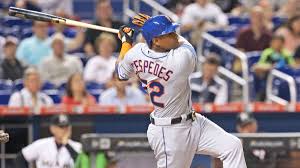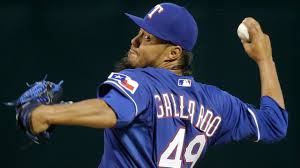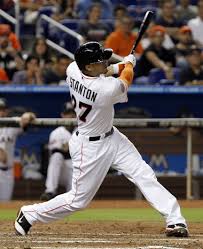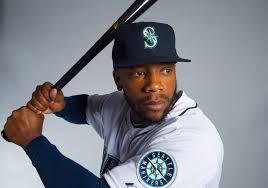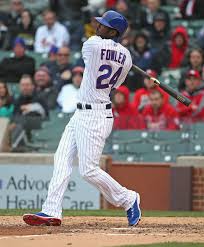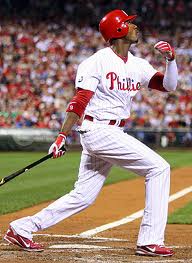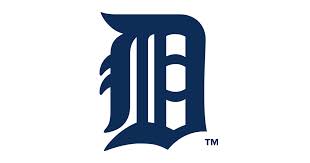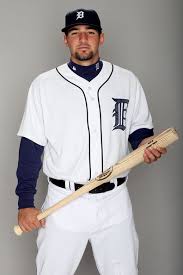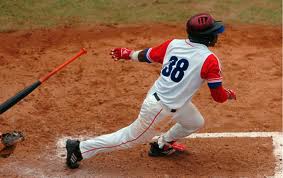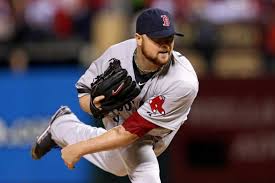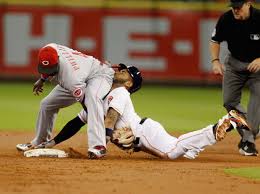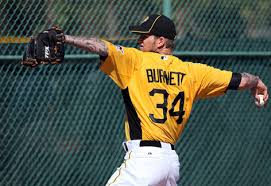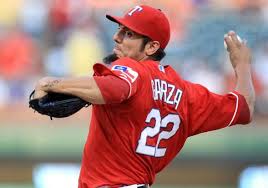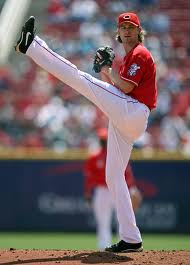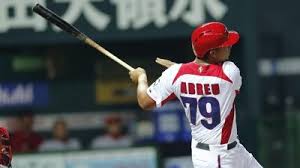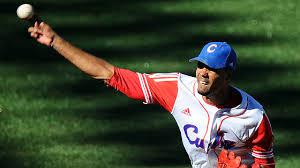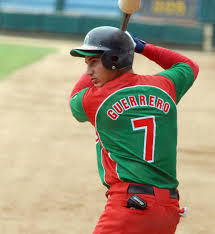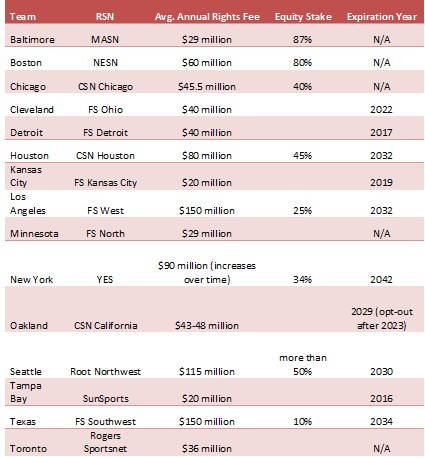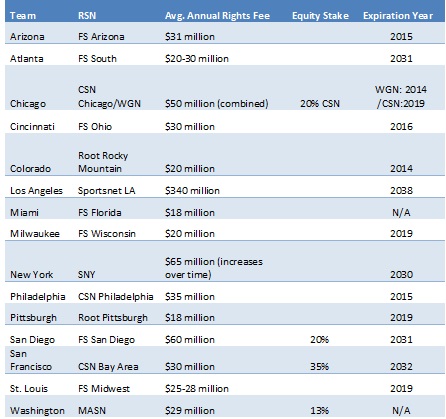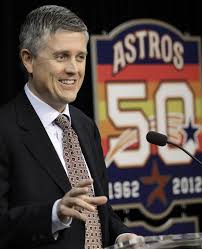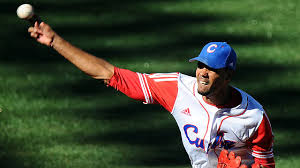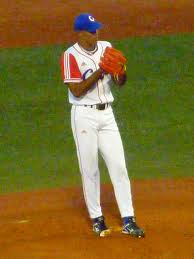As a Cincinnati Reds homer, I’m looking ahead to next season…actually, I’m looking forward to 2020, when the team will have time to truly rebuild their roster. Unfortunately, for a non-contending, rebuilder within a “small-market”, Cincinnati will not be a big player in free agency. Like many other clubs that are looking to build from within or on-the-cheap, free agency isn’t very kind, leaving the remnants of the market to pick through like a racoon at a garbage can. Oh, those beady eyes in your headlights in January will just be Walt Jocketty or Billy Beane looking for a backup infielder.
This winter, as with any other, baseball fans will see plenty of players on the move, including Mark Trumbo, Edwin Encarnacion, Aroldis Chapman, and Ian Desmond, who appear to be the few “big names” on the market. In addition to those select few, there are plenty of players with options, but are they going to get picked up? Let’s take a look at those optional options for 2017, shall we…
Opting Out
Dexter Fowler, OF, Chicago Cubs: $9MM mutual option, $5MM buyout
Fowler is having a stellar season, even having spent some time on the DL. He is earning $13MM this season on a one-year deal and has responded after facing a weak market this past winter with a career-best .877 OPS. The 2016 All-Star isn’t really needed as a leadoff hitter in Chicago with Jason Heyward getting paid mega-millions to be that type of player, but Fowler should be able to cash in. The Cubs will likely accept their portion of the option very quickly.
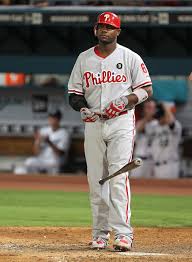
Ryan Howard, 1B, Philadelphia Phillies: $23MM club option, $10MM buyout
Howard has had one of the worst contracts in baseball since the start of the 2012 season. Coincidentally, that is when his five-year, $125MM extension kicked in. Finally, the Phillies will be able to walk away from him and his horrific deal, and they’ll be more than happy to drop $10MM in order to do that. We’ll see if they release him and roll with Tommy Joseph, which they basically have done since the beginning of June.
Matt Holliday, OF, St. Louis Cardinals: $17MM club/vesting option, $1MM buyout
Holliday has collapsed in his age-36 season. His .237/.310/.449 line is the worst of his career. His 18 home runs have saved his line a bit, but he is still well short of his career .303/.382/.515 line. He certainly won’t rank in the top 10 in the NL MVP voting, which is all that it would take for his option in 2017 to vest. The Cardinals aren’t churning out prospects like they were a few years ago, so it will be interesting to see which direction they go to stay within the Cardinal Way.
Yoenis Cespedes, OF, New York Mets: can opt-out of remaining two-years, $47.5MM
Cespedes could cash in significantly in a weak market this winter. With so few power bats available, the 30-year-old corner outfielder, if healthy, would likely increase his AAV to $25-$28MM per season. He will beat his career-high for OPS this year. He just needs to stay on the field to keep the Mets in contention.
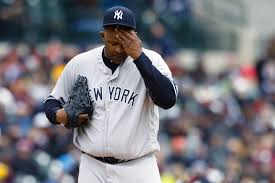
CC Sabathia, LHP New York Yankees: $25MM vesting option (if he doesn’t end the season on the DL with a shoulder injury, spend 45 days or more on the DL with a shoulder injury, or make six or more relief appearances because of a shoulder injury), $5MM buyout
If you asked in mid-June, Sabathia may have been worth a $20MM gamble for New York. On June 16th, he had a 2.20 ERA and 1.24 WHIP over his first 11 starts; however, he has a 6.85 ERA and 1.54 WHIP over his last eight starts. With Mark Teixeira retiring after the 2016 season, the Yankees will have quite a bit of money to spend – unless they are serious about their rebuild and continue to add young talent to the roster. The Yankees may need to check-in on Sabathia’s shoulder, given his recent woes, and make sure everything is clean; although, the MLBPA may find a way to keep his option guaranteed with such a move.
Also: Coco Crisp, OF, Oakland A’s; Clay Buchholz, RHP, Boston Red Sox; Jon Niese, LHP, New York Mets;
Opting In
Jay Bruce, OF, New York Mets: $13MM club option, $1MM buyout
Bruce, who was recently acquired by the Mets from Cincinnati for a pair of prospects, will provide a lot of value to New York, especially if Cespedes remains on the shelf with his quad injury, but even more so if Cespedes opts out and signs elsewhere this winter. Bruce is a fine outfielder who is capable of strong production, as evidenced by his rebound 2016 season, but his lengthy slumps and declining defense don’t make him worth a huge deal. The $13MM option is still a fine value for the Mets, who may end up in quite a limbo with their other outfielder about a week after the World Series.
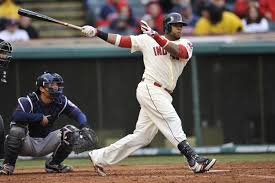
Carlos Santana, 1B/DH, Cleveland Indians: $12MM club option, $1.2MM buyout
Santana is an interesting player due to his ugly batting averages, average power, and incredible on-base skills. Everyone is waiting for him to finally put it all together, which would lead to a very Adam Dunn-like 30 HR, 100 R, 100 BB season for Cleveland; however, he just can’t beat the shift and his deflated BABIP keep him from meeting some of those numbers. With Mike Napoli also reaching free agency, the Indians will likely opt-in on Santana, as they couldn’t afford to lose them both. They may not be able to re-sign Napoli after his huge season, but they could offer him a qualifying offer and keep him around for one more season. Since Napoli’s decision will come after the option decision on Santana, expect the former catcher to stick for one more year with the Tribe.
Jonathan Lucroy, C, Texas Rangers: $5.25MM, $25K buyout
Duh. The Rangers just gave up a nice prospect package for the best catcher this side of Buster Posey, so you can expect them to take on this very affordable option. Lucroy is public enemy No.1 in Cleveland right now, but he had the right in his contract and used it to his advantage. Playing in Arlington for half of his games, his numbers could inflate and help him inflate his earnings when he reaches free agency after the 2017 season.
Jason Hammel, RHP, Chicago Cubs: $10MM club option, $2MM buyout
Hammel has been excellent in 2016, posting a 3.07 ERA and 1.10 WHIP in 21 starts. In his career, Hammel has a 3.33 ERA and 1.10 WHIP over 399.2 innings while wearing a Cubs’ uniform and a 4.77 ERA and 1.43 WHIP in any other uniform. He needs to be in Chicago and Chicago needs him in their rotation, as the incredible talent within their system that continues rising to the majors aren’t talented on the mound. Hammel is a bargain with his production in a Cubs’ uniform.
Also: Matt Moore, LHP, San Francisco Giants; Cameron Maybin, OF, Detroit Tigers; Alcides Escobar, SS, Kansas City Royals; Yunel Escobar, 3B, Los Angeles Angels;
There are several additional players with options that you can find at MLB Trade Rumors. It looks like the 2016-2017 offseason will be very trade-heavy as teams try to structure their rosters with talent without unloading gobs of cash on talent that may not be quite as talented as your typical market. In addition to that, the 2017-2018 market could have an even slower market with Matt Harvey, Bryce Harper, Manny Machado, and Jose Fernandez heading towards free agency after the 2018 season.
